Good morning! Last week, LinkedIn named me as one of the Top Voices in the Creator Economy. It's an honor to be recognized alongside so many others who drive meaningful conversations about the ever-evolving creator economy. With so many options out there, I'm very thankful to everyone who takes the time to read my content.
For those who have been reading this newsletter since I started it in December, thanks for allowing me to occupy your inboxes every Friday. For those that recently signed up, welcome!
If you were forwarded this email or are reading from a browser, please take a few seconds to subscribe here or the button to get future editions delivered straight to your inbox.
Today’s Edition:
YouTube announces new ways to reward creators
TikTok increases the character limit for video descriptions
Duracell searches for creators to build its TikTok account
YouTube Announces New Ways To Reward Creators
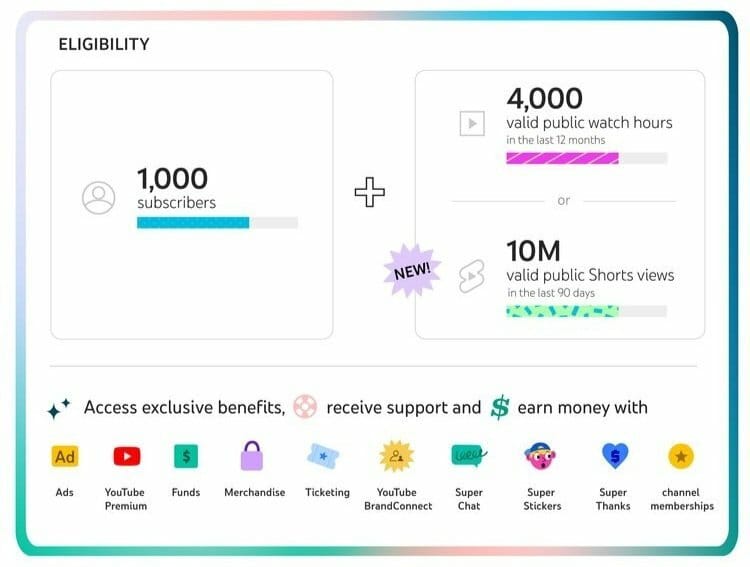
YouTube recently held its Made On YouTube event, where it announced a trio of headlining updates. The updates are centered around new ways to reward creators across its platform. These include expanded access to the YouTube Partner Program, revenue sharing with Shorts creators, and Creator Music.
Expanded Access To The YouTube Partner Program
Shorts-focused creators can now apply to the YouTube Partner Program if they meet the threshold of 1,000 subscribers and 10 million Shorts views over 90 days. Creators accepted into the program will have access to ways to make money through ads and Fan Funding, including Super Thanks, Super Chat, Super Stickers, and Channel Memberships.
A new level of the YPP will also be available with lower requirements. Creators across various video formats, including long-form, Shorts, and live, will soon be able to access Fan Funding earlier.
Revenue Sharing For Shorts Creators
Starting in 2023, Shorts creators will be able to make money for their videos through a new revenue-sharing program, much like what currently exists for long-form videos.
YouTube will run ads between Shorts videos. Revenue generated from the ads will be combined and used to reward creators and pay for music licensing fees. After covering music licensing costs, YouTube will distribute the remaining revenue to creators. Creators will receive a 45% revenue share, which will be distributed based on the total number of views they generate in each country.
The revenue share program will replace the YouTube Shorts Fund.
Creator Music
YouTube is launching Creator Music, a new music destination where creators can access a large catalog of commercial tracks, including popular and trending music. These can be used in long-form videos while still being eligible for monetization.
Available in YouTube Studio, creators will be able to search, preview and favorite the tracks. They can buy a license to use the music and earn the same revenue share they typically earn with videos that don’t use music. Or, they can do a revenue share with the artist of the track and their associated music rightsholders.
What It Means
YouTube’s latest announcements shake up the short-form video landscape. The changes put YouTube in more direct competition with TikTok, which has been the primary destination for short-form video creation and consumption. Now, with support for advertising across Shorts, the platform becomes even more attractive to creators, who are increasingly shifting towards shorter, snackable content.
Already the leading place for long-form video, YouTube’s expansion of the YPP and addition of revenue sharing give creators the ability to access the platform’s built-in audience and earn money while doing so.
Creator monetization for short-form video has been one of the biggest challenges since the format emerged. Many of the platforms, including YouTube, launched Creator Funds in hopes of keeping creators using their respective short-form video experiences. However, those proved to be short-term solutions. By adding a revenue-sharing component, YouTube is building the foundation for creators to earn money with short-form videos.
Music Becomes Even More Integral
The launch of Creator Music is also quite notable, considering how music is an integral part of the short-form video experience. Whether they license music upfront or do revenue sharing, creators will benefit from being able to incorporate popular and trending music in their videos while still having the opportunity to make money for those videos.
With artists and music rightsholders getting paid when their music is used, they can benefit from an additional revenue stream and increased discovery through creator videos. The key to Creator Music reaching its full potential will depend on whether YouTube can secure agreements with Sony Music, Warner Music, and Universal Music, the “big three” music labels, so that creators will be able to tap into music from the industry’s top artists — many of which are signed to these labels.
Overall, YouTube puts TikTok and the rest of the social media platforms on notice. As the most creator-centric platform, its newest initiatives will help keep creators in their corner. Because social media has become a copycat world, it’s a guarantee that competitors will bring forth similar initiatives
TikTok Expands The Character Limit For Video Descriptions To Help Creators Make Their Content More Searchable
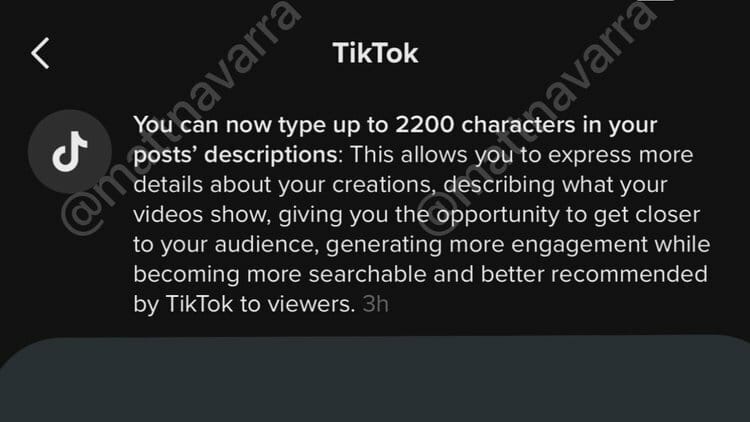
TikTok is expanding the character limit for video descriptions. Previously capped at 300 characters, it’s increasing to 2,200 characters, matching Instagram’s character limit.
With the increase, creators can provide more context for their videos. Due to previous limitations, creators leaned on more descriptive text overlays and voiceovers for their videos. Those elements, however, aren't indexed in search.
Like Instagram’s keyword and topic search experience, TikTok enables creators to make their videos more searchable and discoverable by sharing detailed captions that include relevant keywords and topics users are actively searching for.
Because of this, creators and brands need to consider making search engine optimization (SEO)- friendly content across TikTok and other social platforms, similar to what is done when writing content for a website or blog.
For example, when brands build out their campaign briefs for influencer marketing campaigns, they should provide creators with relevant keywords to include in their captions to optimize their content for search while still allowing creative freedom. In order to identify keywords that may be effective, marketers can search for a general keyword related to the type of content creators will share and see what related keywords appear.
This can help to get the content in front of users who increasingly leverage social media to find places to visit, recipes to make, career advice, and more. Optimizations like these also help increase the lifespan of content, allowing branded content to have an impact beyond campaign windows.
Duracell Searches For Creators To Build Its TikTok Account
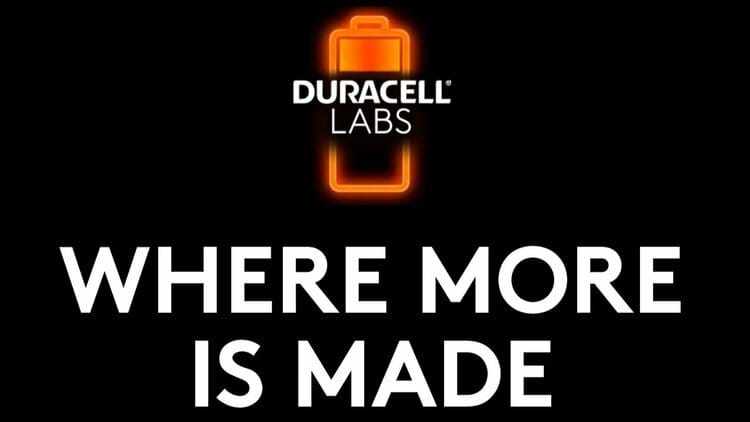
Duracell put out a search for creators to join its Duracell Lab Techs program, focused on building its TikTok account.
The battery brand is planning to hire up to three creators to sit in its brand new Duracell Labs workshop in New York City. Creators will be tasked with creating TikToks that provide useful tips, tricks, and life hacks about battery-powered products over the course of the three-month program and pushing forward its #EngineeredForMore mission. In return, they will be compensated $15,000.
Creators can apply for consideration via an application throughout the month of October. For Duracell, ideal candidates are creators who know what's trending on TikTok, have experience building devices and machines, and are interested in science, engineering, lifehacks, gaming, and outdoor adventures.
Duracell is also partnering with TikTok creators such as Muhtanya, Big Weird World, and Ryder Calm Down to help get the word out about the program.
TikTok has arguably become a platform that all brands need to be active on due to the attention it commands and its growing user base. Although this may be true, many brands are still in the early stages of building their TikTok presence or don't have one at all, like Duracell, which has just 67 followers at the time of writing.
As a platform that doesn’t follow the rules of traditional social platforms, it can be quite difficult for brands to get started on their own. As a result, they will look towards creators as a way to onboard them to the platform.
That is exactly what Duracell is doing with Duracell Labs Techs. It can jumpstart its TikTok account in a way that aligns with the platform's unique experience by bringing in creators familiar with TikTok strategies and trends. These creators will be able to make TikTok native content that resonates with the Gen Z heavy user base. By going straight to the source — creators, brands set themselves up for success.
Other brands that have taken a similar approach to launch or beef up their TikTok accounts include Nerf, CeraVe, Olipop, Simulate, GoPuff, and even the Los Angeles Times.
This is another example of how creators and brands can work together. Sponsored content is today’s everyday use case, but brands can integrate creators into all aspects of their business to deliver value.
Google Creates A More Visual, Immersive Search Experience With Creator Content
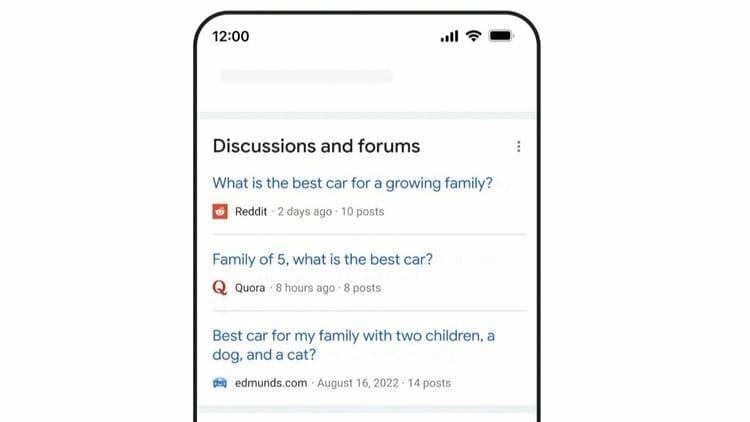
Google announced several new updates to Search during its Search On event, some of which have creator and user-generated content (UGC) tie-ins.
First, Google is adding an Exploration feature to its mobile app. Resembling a social media feed, it will display photos and videos in search results. Videos will include creator content across YouTube Shorts, Instagram, and TikTok. The feature will initially be limited to search results related to travel and tourism.
Second, it is adding a Discussions and forums feature. The feature will surface links to relevant posts on forums and discussion platforms like Reddit and Quora. Google says the feature will appear when users search for “something that might benefit from the diverse personal experience found in online discussions.”
Gen Z search behavior requires Google to add more visual elements, notably creator-generated content, to search results. Including Shorts, Reels, and TikTok videos from creators allows Google to deliver information in a format that younger audiences prefer.
According to internal Google data, these audiences are increasingly searching on social media platforms instead of using Google. By creating a more visual, immersive search experience, Google can evolve its product with the evolution of search behavior amongst Gen Z.
Discussions and forums also taps into relevant trends like community-led discussions and crowd-sourcing. By including content from Reddit and Quora, users can get first-hand advice and input from relevant communities along with more traditional search results like websites and blogs.
Now that links from these platforms are easily discoverable in Google Search, they create the opportunity for creators to reach new people outside of their go-to platforms.
YouTube Adds Voiceovers To Allow Creators To Narrate Their Shorts
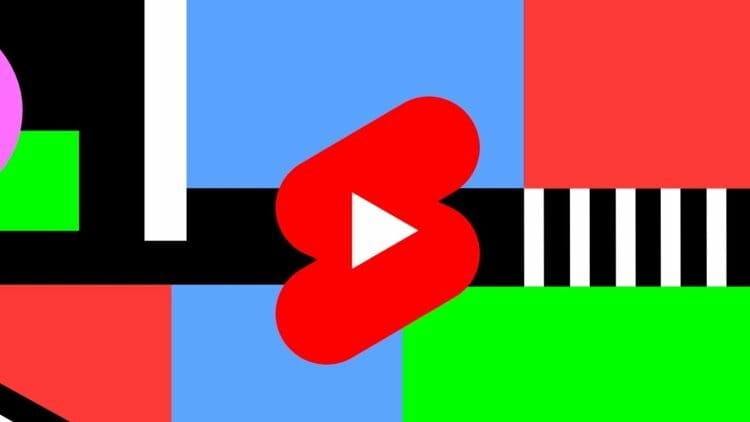
YouTube has added a voiceover feature. It allows creators to narrate their Shorts, such as giving instructions, explaining, reacting, or even adding original sounds.
After recording a Short, creators can use the feature. They first tap the checkmark button located in the bottom right corner of their camera screen, followed by tapping the voiceover button, moving to where they want to start and stop the recording, and adjusting the volume as necessary.
Voiceovers are another TikTok native feature that YouTube has added to its short-form video experiences. The feature gives creators another option for incorporating audio into their Shorts videos. This will result in more Shorts videos being accompanied by voiceovers and creators starting to utilize popular and trending voiceovers and original sounds, similar to what happens across TikTok today.
YouTube's commitment to monetizing creators across Shorts could eventually lead to it helping creators monetize voiceovers. It could take the same approach with Creator Music, where creators could license or do a revenue share to use voiceovers from other creators. This could make Shorts even more appealing to creators and convince more of them to leverage YouTube for their short-form videos.
Content with voiceovers on TikTok is extremely popular and often can get used by millions of users. While it can be helpful for creators to get exposure, they are missing out on opportunities to monetize their original work.
What I’m Reading
LinkedIn Top Voices in the Creator Economy: The 10 creators to follow (LinkedIn)
ESPN, MSG Networks amongst sports media intensifying its influencer (Barrett Media Sports)
Inside the NFL’s youth-focused social strategy (Digiday)
Should influencers charge more for Instagram’s ‘Invite collaborator’ feature? The industry hasn’t exactly decided yet (Marketing Brew)
e

